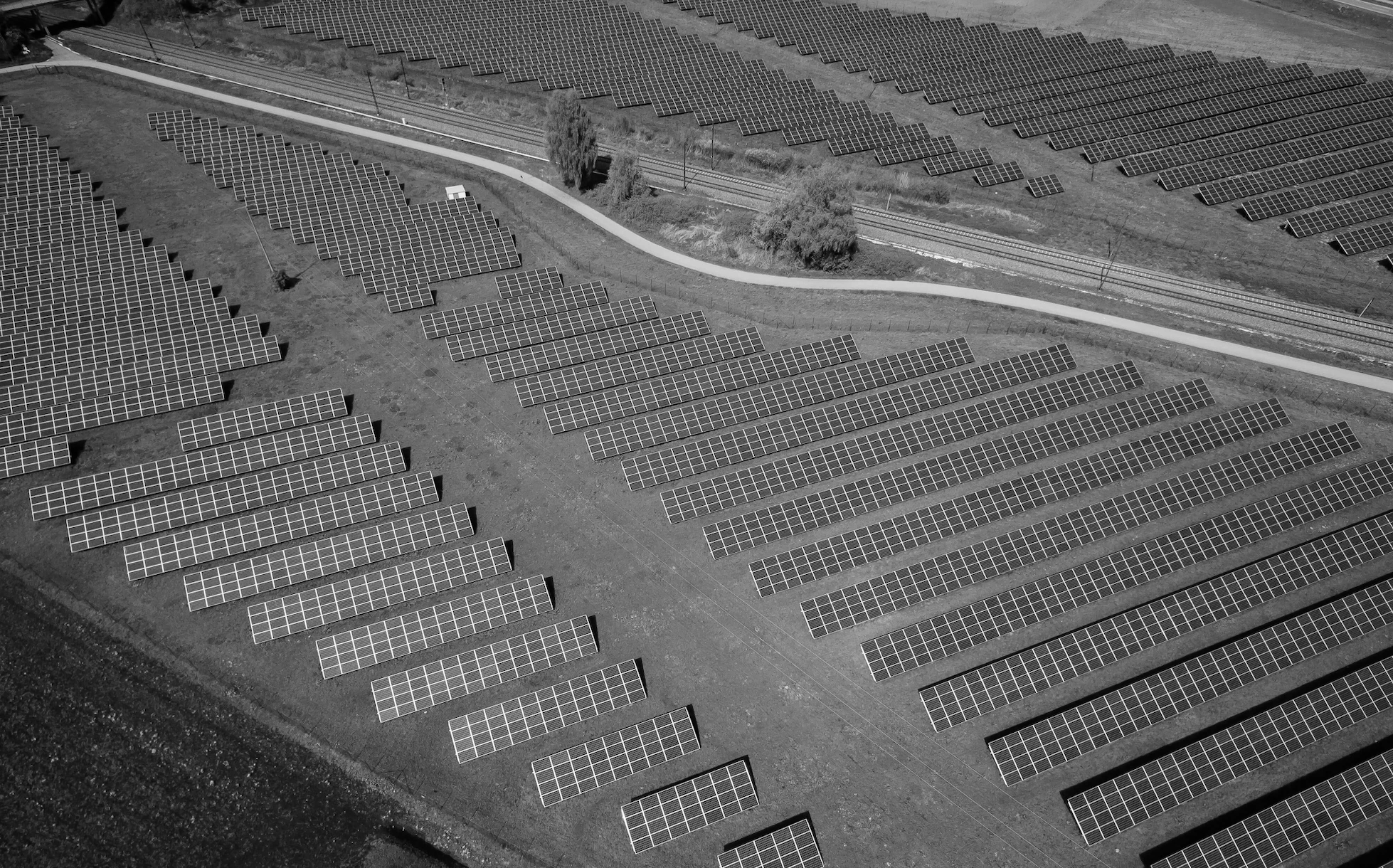Measuring Sustainable Public Procurement

One of the projects we are most proud of is working with The Open Contracting Partnership to create a Sustainable Public Procurement (SPP) toolkit. The toolkit provides practical insights for the day-to-day needs of procurement professionals on adopting and measuring sustainable procurement.In this article we look at measuring sustainable public procurement.
What is ‘sustainable public procurement’ uptake?
Sustainable public procurement (SPP) uptake levels are about knowing how much sustainable public procurement is being relied on by public buyers, either during the procurement process or after the fact to allow the clear identification of social, environmental, or economic procurement within tendering and contracting.
Why measure it?
Government departments around the world are initiating policies and targets that either directly requires buyers to consider social value, or have systemic policies (e.g. net-zero targets) that require buyers to adapt their buying practices to consider more than savings. Measuring the uptake and progress of these new initiatives can be difficult, as the data needed to record changes in behaviour can be hard to find. Measuring SPP uptake allows public buyers to demonstrate that they are incorporating sustainable procurement and therefore are meeting policy requirements.
Benefits
Measuring SPP allows governments to demonstrate that new policies are having a meaningful effect on purchasing. It clearly shows suppliers that sustainable procurement is a long-term commitment that they need to recognise (and allows for benchmarking their own performance).
It also links policy to procurement through a feedback loop allowing policy objectives to be measured.
Getting started
Measuring the progress of sustainable procurement is usually about recording whether a contract or tender has been set out to meet a stated policy goal. As a result, measuring progress often takes the form of a binary “yes” or “no” tag that is recorded as part of the procurement process.
The challenge for governments is not how to measure the resulting data, which is usually as simple as adding up the total number of contracts or value of contracts that are recorded as being part of a sustainable procurement initiative. Instead, the real challenge is how to establish whether or not a contract meets a commonly agreed threshold for sustainable procurement.
As such, it is vital for governments to be clear about the policies that they wish to implement, for instance, if there is a policy to award contracts to female-owned businesses then there needs to be good guidance on what constitutes a female-owned business and under what circumstances the policy can be applied.
Once this has been clearly established, you can measure and record uptake of SPP policies.
Sample indicators
There are different ways to measure progress against the adoption of SPP policies. In our new toolkit <link>, we introduced an M&E framework for measuring progress against sustainability goals by setting Goals, Outcomes, and Indicators. This framework included sample Outcomes with associated Indicators that you can use to measure progress against the Goal of “Promoting SPP uptake”.
In the specific, worked example here, we have included these outcomes, together with the corresponding indicators, the relevant options for collecting data, and some tips for implementation. These are just suggestions to demonstrate how to bring the elements of the Guide together, you would want to adjust them depending on your objectives, data available, the context, etc.
Spend Network holds government procurement data for more than 150 countries globally. We take the hard work out of collecting, organising and analysing procurement data at scale. Our analysis can predict poor performance, bad tendering and new savings opportunities. We can monitor market efficiency and look for new suppliers to increase competition. Get in touch to find out how our data can help you.



